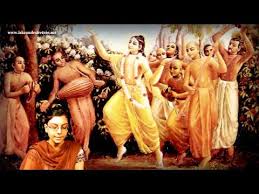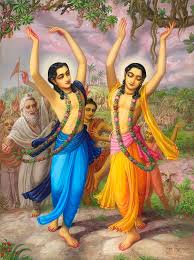Hare Krishna,
We are happy to inform you of the first ever visit of the Public Accounts Committee of the Indian Parliament to Sridham Mayapur on January 10.
The Public Accounts Committee is the oldest among all committees and is considered the most influential since they are tasked with auditing the public spending of the Government of India.
The multi-party delegation of nearly 60 people comprising Members of Parliament included Shri Adhir Ranjan Chowdary (Leadership of Opposition), Shri Jagadambika Pal (Former Chief Minister of Uttar Pradesh), Shri Satya Pal Singh (Former Deputy HRD Minister), Shri Ram Kripal Yadav (Former Deputy HRD Minister) along with other MPs, officials from various central government ministries, Lok Sabha officials and Comptroller & Auditor General.
The delegates were received by Dayaram Prabhu, Subheksana Prabhu, Madhava Gauranga Prabhu and the undersigned. They offered flowers to Srila Prabhupada and received the darshan of Their Lordships in the temple hall before proceeding to the TOVP for a tour lead by Vraja Vilas Prabhu. They were very impressed by the concept and sheer size of the project and appreciated the efforts of Ambarish Prabhu and his team.
The delegates also visited the Gurukul which they seemed to like a lot and spent close to an hour there touring the facility and meeting the students.
In the words of one of the delegates “this place is truly out of this world and I can’t believe that I hadn’t come here till now”. Shri Adhir Ranjan Chowdary highly praised Srila Prabhupada and stated, “Now, the organization is going to celebrate the 125th Anniversary of that great personality, Srila Prabhupada, who was born in this world only to propagate love and devotion.”
To appreciate and express their gratitude to Srila Prabhupada they have agreed to give a proposal to the Indian Government to make coins in the name of Prabhupada on the occasion of his 125th Appearance Anniversary falling this year, 2021.
We are grateful to Madhava Guaranga Prabhu and his team for the wonderful arrangements, and to Vraja Vilas Prabhu for all the help with the TOVP.
Your servant,
Yudhistir Govinda Das
India ISKCON Communications Director
TOVP NEWS AND UPDATES – STAY IN TOUCH
Visit: www.tovp.org
Support: https://tovp.org/donate/
Email: tovpinfo@gmail.com
Follow: www.facebook.com/tovp.mayapur
Watch: www.youtube.com/c/TOVPinfoTube
View at 360°: www.tovp360.org
Twitter: https://twitter.com/TOVP2022
Instagram: https://m.tovp.org/tovpinstagram
Telegram Group Chat: https://t.me/joinchat/UJXwbO81scT6gwID
App: https://m.tovp.org/app
News & Texts: https://m.tovp.org/newstexts
RSS News Feed: https://tovp.org/rss2/
Store: https://tovp.org/tovp-gift-store/
 Hare Krishna! In this week's temple newsletter, Akuti Devi Dasi writes about progress at the Eco Teaching Farm. We share documents listing the Pfizer vaccine ingredients, how it works, the latest guidelines to keep our families safe, and remind devotees not to linger on temple property outside of arati times, unless they are doing specific service. We thank those who helped paint the temple room ceiling last Saturday, as well as the many devotees who have contributed towards new ceiling fans and light fixtures.
Hare Krishna! In this week's temple newsletter, Akuti Devi Dasi writes about progress at the Eco Teaching Farm. We share documents listing the Pfizer vaccine ingredients, how it works, the latest guidelines to keep our families safe, and remind devotees not to linger on temple property outside of arati times, unless they are doing specific service. We thank those who helped paint the temple room ceiling last Saturday, as well as the many devotees who have contributed towards new ceiling fans and light fixtures. 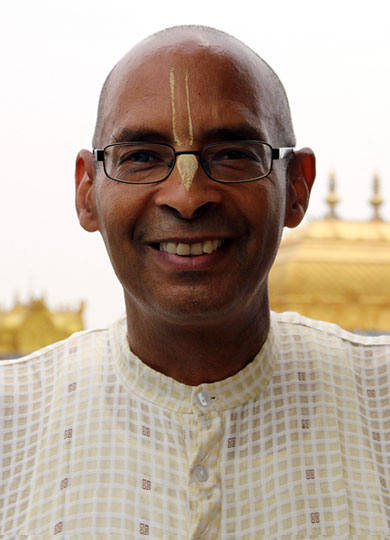 Bioethicists often refer to the four basic principles of health care ethics when evaluating the merits and difficulties of medical procedures. Ideally, for a medical practice to be considered “ethical”, it must respect all four of these principles: autonomy, justice, beneficence, and non-maleficence. (Beauchamp and Childress, The Principles of Biomedical Ethics, 1979)
Bioethicists often refer to the four basic principles of health care ethics when evaluating the merits and difficulties of medical procedures. Ideally, for a medical practice to be considered “ethical”, it must respect all four of these principles: autonomy, justice, beneficence, and non-maleficence. (Beauchamp and Childress, The Principles of Biomedical Ethics, 1979)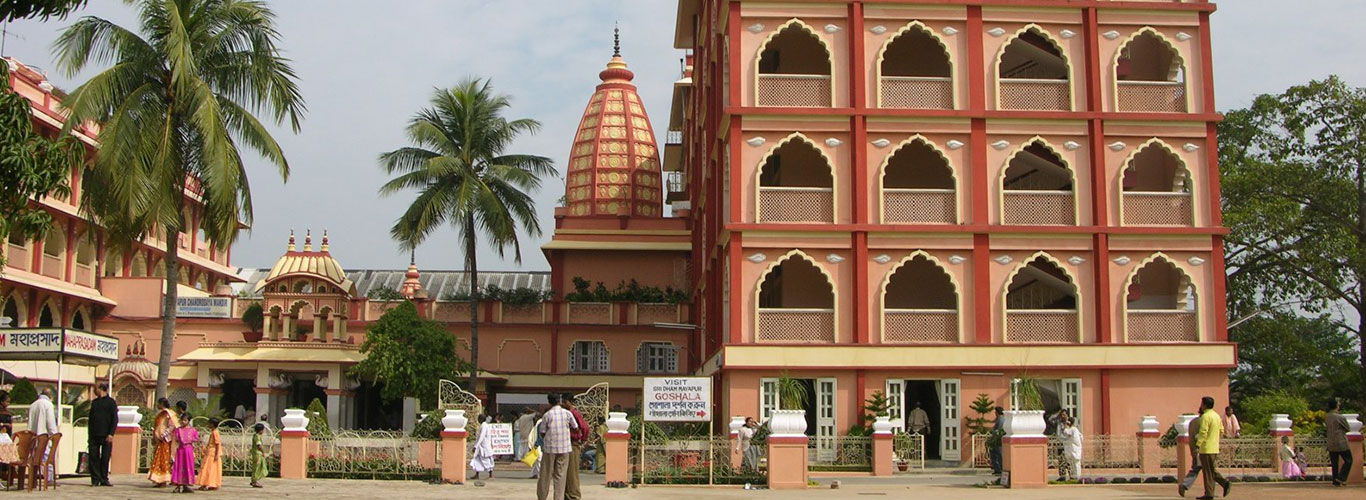

 By Nanda Kishor das
By Nanda Kishor das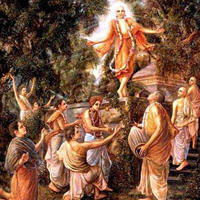
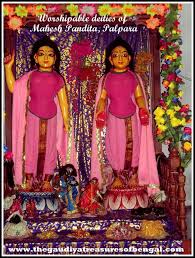
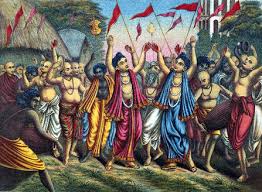
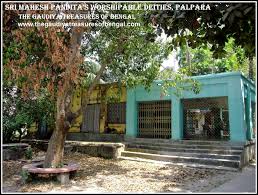







 By Yogendra dasa
By Yogendra dasa






